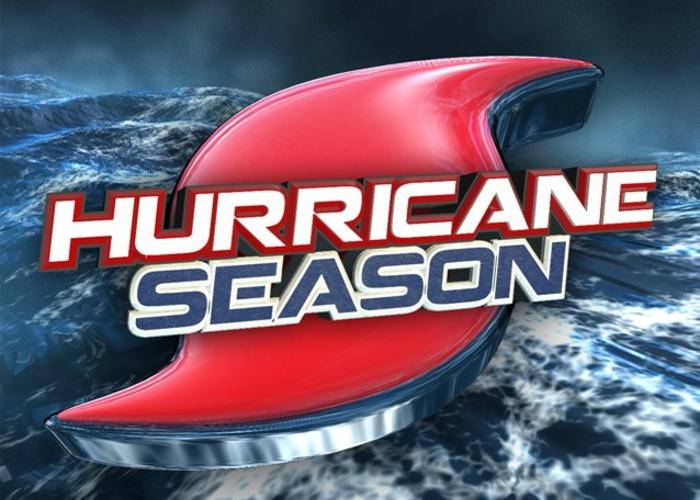Sixty percent of Americans own some type of pet. These furry family members bring us happiness, assistance, and support. Pet safety is essential during a hurricane. If you own a pet, comfort animal or a service animal, it is essential that you have a disaster plan that includes that animal’s care and safety.
Prior To a Disaster
- Create an animal disaster plan in case of an evacuation. REMEMBER: If it is not safe for you to stay, it is not safe for them either.
- If you are with your service animal and evacuating to a shelter, your service animal is allowed to go with you to any shelter. Business and public accommodations must allow you to bring your service animal with you to a hurricane shelter.
- Most American Red Cross shelters cannot accept pets because of health and safety concerns and other considerations.
- Some communities have “pet friendly” shelters. Be sure to contact your local hurricane or disaster shelter in advance to find out if it is
 pet friendly.
pet friendly. - Know which hotels and motels along your evacuation route will accept you and your pets in an emergency. Call ahead for reservations if you know you may need to evacuate. Ask if no pet policies could be waived in an emergency.
- Know which friends, relatives, boarding facilities, animal shelters or veterinarians can care for your animals in an emergency. Prepare a list with phone numbers.
- Although your pets may be more comfortable together, be prepared to house them separately, if the need arises.
- Include your pets or service animals in evacuation drills so that they become used to entering and traveling in their carriers calmly.
- Make sure your pets’ vaccinations are current and all dogs and cats are wearing collars with securely fastened, up-to-date identification.
- Create a folder of important animal information including contact information for the animal’s veterinarian, owner contact information, proof of current vaccinations, and whether the animal has special training or special needs, and any current medications.
- To be sure your pet can be located, consider having your pet “micro-chipped” by your veterinarian.
Assemble a portable kit with emergency supplies for your pets
Keep items in an accessible place and store them in sturdy containers so they can be carried easily. Keep this supply kit with your own hurricane supply kit.
Your animal emergency kit should include:
- Sturdy leashes, harnesses and/or carriers to transport pets safely and ensure they cannot escape.
- Food, drinking water, bowls, cat litter/pan and a manual can opener.
- Medications and copies of medical records stored in a waterproof container.
- A first aid kit.
- Current photos of you with your pet(s) in case they get lost. Since many pets look alike, this will help to eliminate mistaken identity and confusion.
- Information on feeding schedules, medical conditions, behavior problems, and the name and number of your veterinarian in case you have to foster or board your pets.
- Pet beds and toys, if easily transportable.
When Disaster Approaches
You may have warnings hours or days in advance of a disaster. If you have time to prepare in advance, be sure to:
- Review your family and pet/animal disaster plan.
- Call ahead to confirm emergency shelter arrangements for you and your pets, if necessary.
- Ensure all pets are wearing collars with securely fastened, up-to-date identification.
- Check your pet disaster supplies. Make sure they are stocked and ready at a moment’s notice.
- Bring pets inside so they are not injured by debris or bad weather.
- Keep your pets close so you know where they are if you need to leave quickly.
After a Disaster
Your pet’s behavior may change drastically after a disaster. Your pet may become agitated, aggressive or defensive. Be aware of their well-being. They cannot tell you when they are frightened, in pain, or confused. Protect them from hazards to ensure the safety of other people and animals. Be aware your pet may behave differently in crowded or loud surroundings such as hurricane shelters. To avoid harm to your animals, yourself, or other people, do the following:
- Watch your animals closely and keep them under your direct control.
- Keep a favorite toy or bedding for comfort.
- Be aware of hazards at nose and paw or hoof level. Debris, spilled chemicals, fertilizers and other substances, downed power lines, or standing water, etc. that might not seem dangerous to humans could be fatal to animals.
- If you find a stray pet or one that seems disoriented, approach it with caution. Do not chase or corner it. If it will come to you, try to find identification on a collar and contact the owner.
- Consult your veterinarian if any behavior problems persist or if your animal shows signs of illness or extreme stress.
Keeping our furry family members safe during hurricane season is as important as keeping ourselves safe. For more information on animal safety during a hurricane visit:


